The construction of an important dam in Southern Egypt threatened the existence of several of the country’s most stunning landmarks.
An incredible archaeological project conducted in the 1960s is why you can come across authentic Egyptian temples in museums or cities all around the world.
Let’s take a closer look at some of the most interesting facts about the Aswan Dam, one of the most important structures in Africa.
1. It’s located near a city with the same name in Southern Egypt
The Aswan Dam is also known as the “Aswan High Dam” and is an embankment dam that is located just south of the city of Aswan.
This is in the utmost southern part of Egypt, a few hundred kilometers south of Luxor. The city is home to a large number of ancient landmarks such as the temple complex of Philae.
The city has had an important economic role since antiquity because of its strategic location on the banks of the Nile River.
This importance has only grown ever since the Aswan High Dam was completed in the early 1970s. it controls the irrigation of the Nile and provides electricity for millions of people.
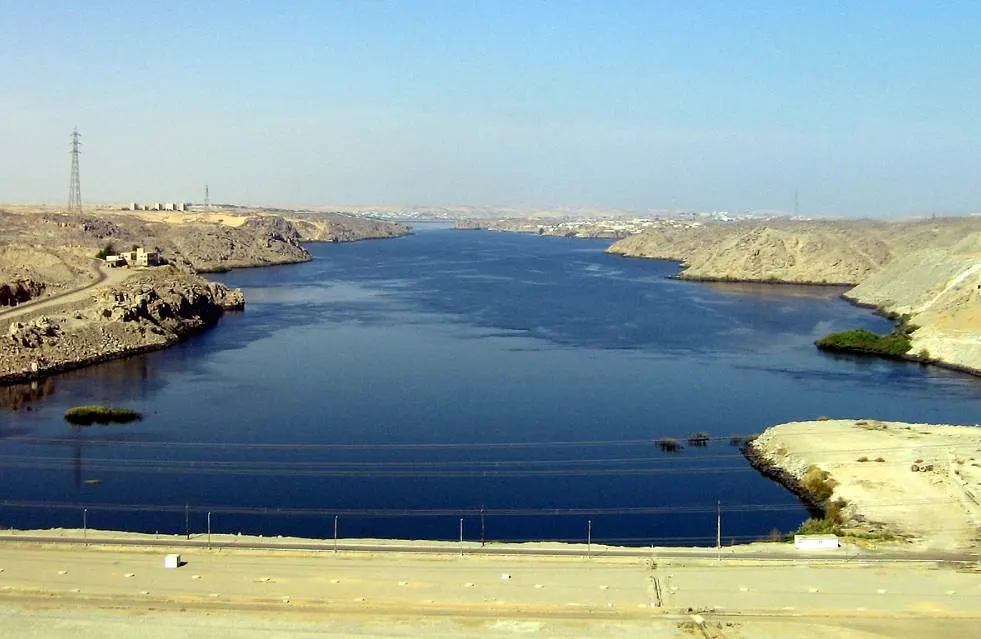
2. It replaced a British dam that was completed in the early 20th century
The Aswan High Dam wasn’t the first version of the Aswan Dam that was constructed. This location had always been a perfect spot to build a dam and this was recognized by the British in the late 19th century.
They constructed the Aswan Low Dam between 1898 and 1902 in an attempt to control the water supply by creating a water storage facility.

It was the largest construction project in history until this point with a total length of 1,950 meters (6,400 feet).
Because of the real concern of flooding the nearby Philae temple complex, it was constructed shorter than it had to be.
It was heightened twice between 1907 and 1912 and between 1929 and 1933 and currently stands 36 meters (118 feet) tall. It still operates today and is located 6 kilometers (3.7 miles) downstream of the Aswan High Dam.

3. The current dam was constructed shortly after the Egyptian Revolution in the 1950s
The Aswan Low Dam almost overflowed in the year 1946, a critical situation for both the nearby temples and the Egyptian economy.
The Egyptian monarchy was overthrown in 1952 and one of the leading figures during this event was Gamal Abdel Nasser (1918-1970).
He became the second President of Egypt and made the construction of the Aswan Dam his main priority. Because of the Cold War, Nasser favored help from the USSR for constructing the dam.
The Soviets made an offer to provide $1.12 billion at 2% interest in 1956. Nasser accepted the offer and the dam was completed between January 9, 1960, and July 21, 1970.
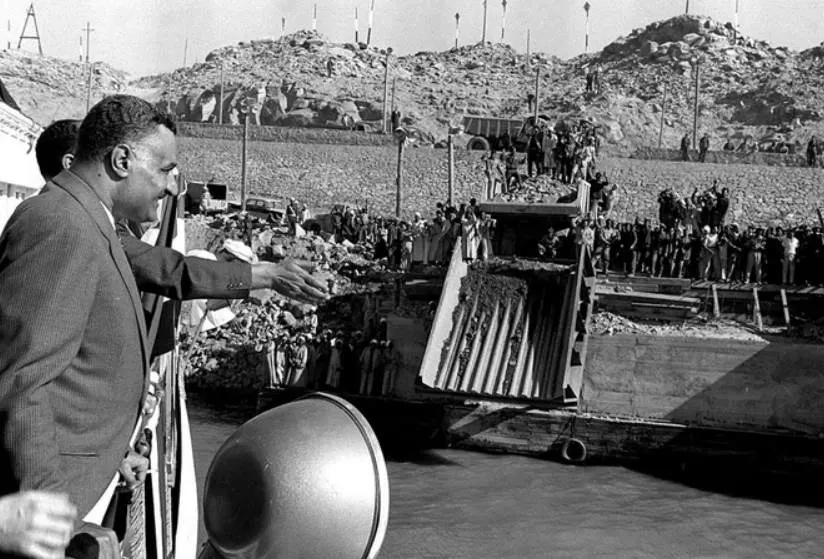
4. The Aswan Hig Dam is the largest embankment dam in the world
The Aswan Low Dam is a massive structure but the Aswan High Dam is quite something else. It remains the largest embankment dam in the world and has the following dimensions:
- Length: 3,830 meters (12,570 feet)
- Width at the base: 980 meters (3,220 feet)
- Width at the top: 40 meters (130 feet)
- Height: 111 meters (364 feet)
- Spillway capacity: 11,000 cubic m/s (390,000 cubic ft/s)
- Total volume of material: 43,000,000 cubic meters (56,000,000 cubic yards)
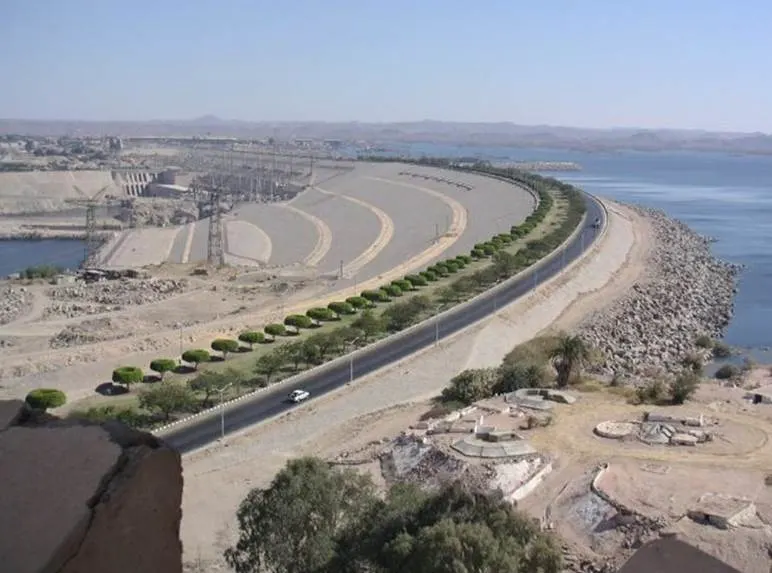
5. UNESCO launched a massive campaign and moved 22 ancient monuments
The concerns for the ancient monuments located within the vicinity of the dam started to be raised as soon as the plans for the dam were made public in the 1950s.
The only way to save these ancient landmarks was to relocate them. This might sound crazy, especially considering the fact that massive temples such as the ones at Abu Simbel were included.
The UNESCO Nubia Campaign managed to complete what was deemed impossible, and that was to relocate these structures to the shores of the newly created Lake Nasser.
Because of this project, we can still admire these incredible structures that were built thousands of years ago!

More interesting facts about the Aswan Dam
6. The benefits of building a dam near the first cataract of the Nile were recognized as early as the 11th century. Caliph Al-Hakim bi-Amr Allah invited the Arabic Leonardo da Vinci, a polymath named Ibn al-Haytham (965-1040), to study the possibility of regulating the flooding of the Nile.
Because of the lack of modern-day machines, he considered the project to be unfeasible at the time.
7. Vast areas of lower Nubia were completely flooded because of the construction of the dam. Approximately 120,000 people had to be resettled during the 1960s.
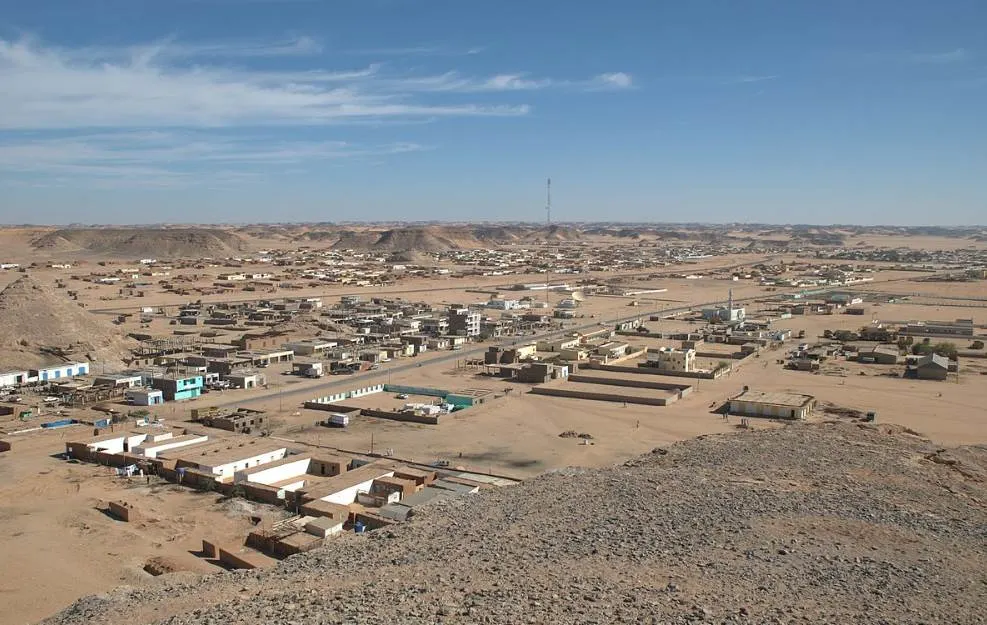
8. The reservoir that was created because of the construction of the dam, Lake Nasser, is huge. It has a surface area of 5,250 square kilometers (2,030 square miles) and a total volume of 132 cubic kilometers (31.66 cubic miles).
9. Lake Nasser has a maximum length of 550 kilometers (340 miles), a maximum width of 35 kilometers (22 miles), and a maximum depth of 130 meters (430 feet).
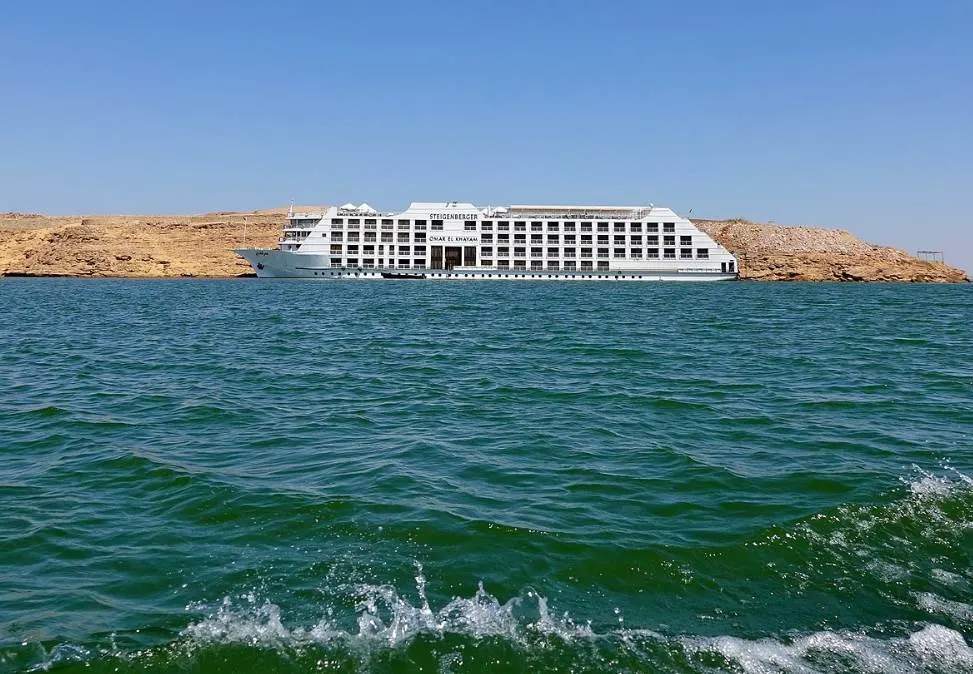
10. The Aswan Dam is without a doubt the most important structure in Egypt. It releases 55 cubic kilometers (13.19 cubic miles) of which 46 cubic kilometers (11.03 cubic miles) are released directly into the irrigation canals near the Nile River.
11. Because of the dam, Egypt was spared from the extreme droughts that occurred in the 1970s and 1980s. This calamity ravaged both East and West Africa. The dam has allowed Egypt to reclaim 840,000 hectares (over 2 million acres) of irrigable land in the Nile Delta.
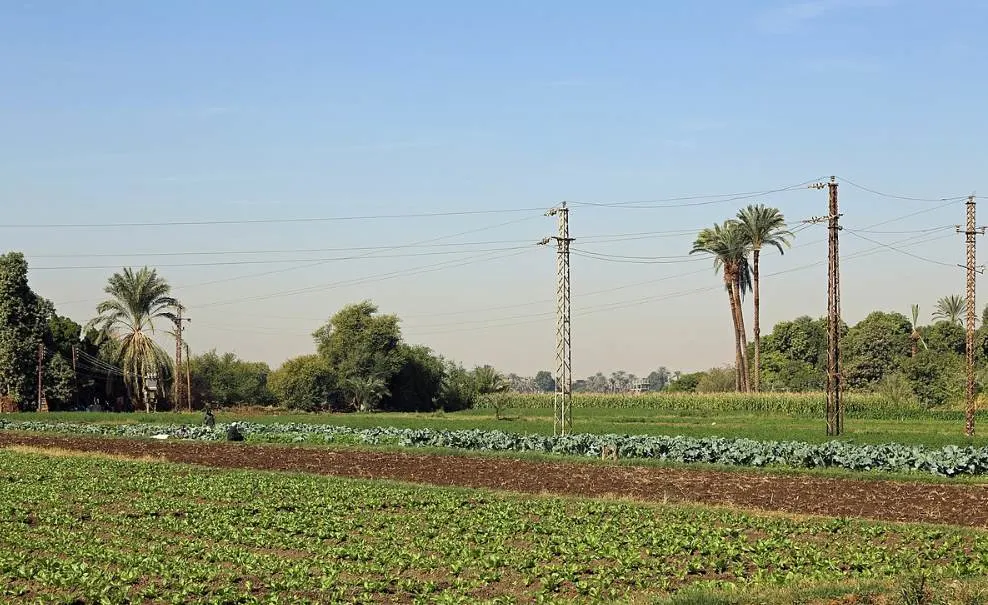
12. The Egyptian government highly appreciated the UNESCO Campaign to preserve ancient monuments. After all, tourism is very important for the Egyptian economy.
Because of this, several ancient temples were donated to countries that helped out in the campaign. These are some of the temples that you can admire in Europe and the United States:
- Temple of Dendur – MET Museum, New York City, United States
- Debod Temple – Madrid, Spain
- Temple of Taffeh – Rijksmuseum van Oudheden, Leiden, Netherlands
- Temple of Ellesyia – Museo Egizio, Turin, Italy.
Several other temples and monuments were moved to the Sudan National Museum of Khartoum.

